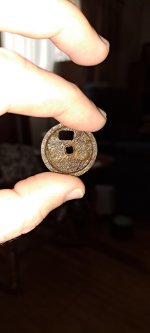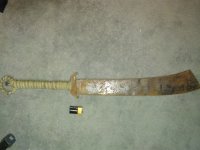bigscoop
Gold Member
- Jun 4, 2010
- 13,373
- 8,689
- Detector(s) used
- Older blue Excal with full mods, Equinox 800.
- Primary Interest:
- All Treasure Hunting
Thinking of making Crater of Diamonds State Park one of my destinations for next year's adventure so I'm trying to gather all the info I can on the place and the equipment and the process ahead of time. All experience and advice greatly appreciated. Thanks!
PS: Will probably schedule this trip sometime in April of May?
PS: Will probably schedule this trip sometime in April of May?







